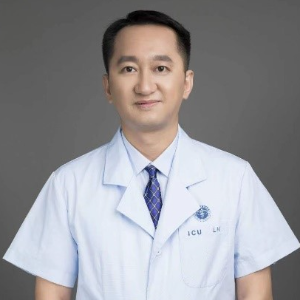Hua Luo, Peking University, China
According to the spirit of international sepsis guidelines and clinical practice in China, we explored the rapid diagnosis and treatment ideas and strategies of different pathogenic infections in ICU to shorten the diagnosis time and improve the rescue efficiency. Taking Gram-pos [....] » Read More








Title : Magnesium sulfate as an alternative treatment in acute organophosphate poisoning: A systematic review and meta-analysis
Oscar Inacio de Mendonca Bisneto, Universidade Federal de Campina Grande - UFCG/CZ, Brazil
Introduction: Organophosphate (OP) poisonings represent a serious medical emergency requiring immediate intervention. The conventional treatment involves administration of atropine. However, studies suggest that magnesium sulfate (MgSO4) could be a promising alternative treatment [....] » Read More
Title : Barriers to polio eradication in South Asia: A systematic review
Awranoos Ahadi, Bolan Medical College, Pakistan
Background: The Eastern Mediterranean Region (EMRO) of the World Health Organization (WHO) is the last region in which polio transmission continues. Afghanistan and Pakistan, also being parts of South Asia, pose a major burden for the transmission of the virus both in the EMRO an [....] » Read More
Title : A rare encounter: Disseminated nocardiosis following myasthenia gravis treatment
Deepak Jacob, St John's Medical College, India
Nocardiosis is an uncommon opportunistic infection caused by filamentous Gram-positive bacteria of the genus Nocardia, predominantly affecting immunocompromised hosts. Immunosuppressive therapy, such as Rituximab, significantly increases susceptibility to such infections . Myasth [....] » Read More
Title : The effect of Coronavirus on vascular endothelial cells
Dolgormaa Janchivlamdan, De Montfort Universuty, United Kingdom
Severe acute respiratory syndrome coronavirus 2 (SARS-CoV-2) infection can cause potentially life-threatening coronavirus disease (COVID-19). COVID-19 is a multisystem disease and is associated with significant respiratory distress, systemic hyperinflammation, vasculitis, and mul [....] » Read More